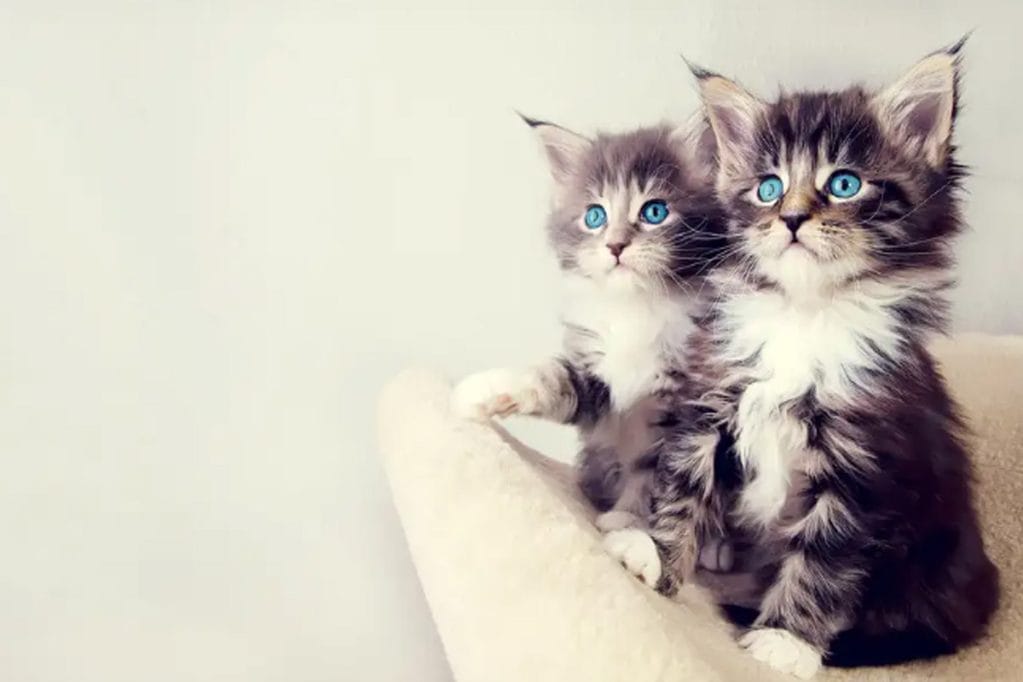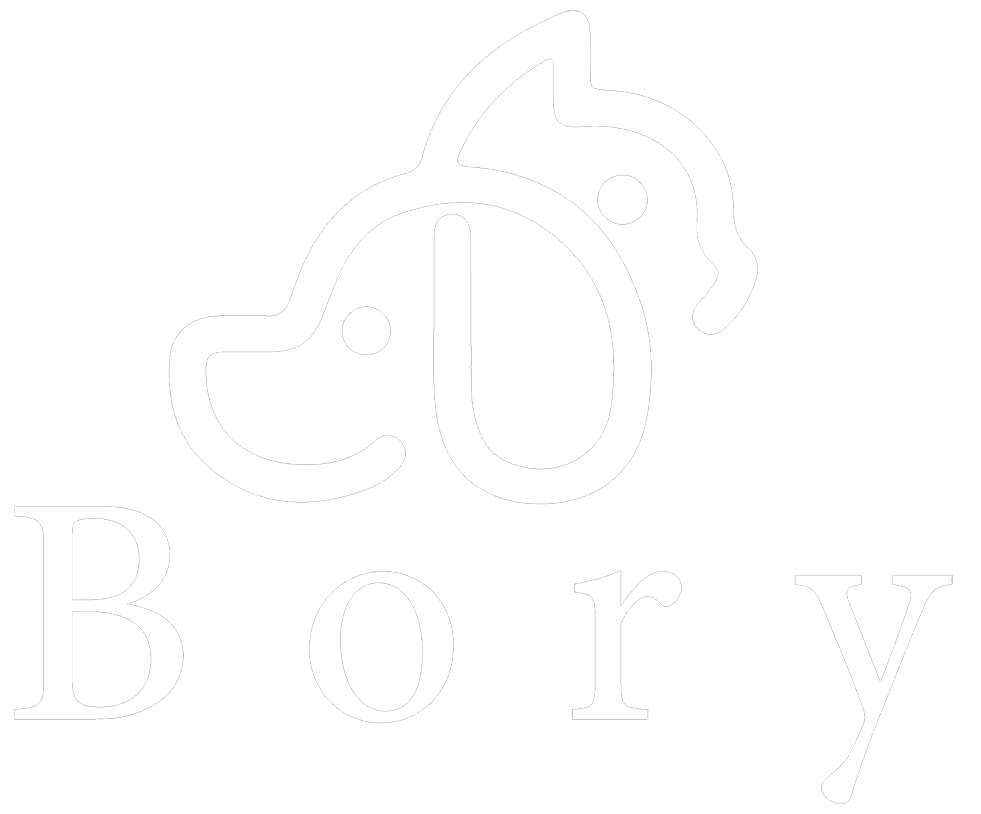Cat litter, an essential for cat owners, has made our pet-keeping lives much more convenient. But do you really know about cat litter? Today, let’s uncover the “little secrets” of cat litter.
The History of Cat Litter
The history of cat litter starts with the domestication of wild cats. In 2001, Chinese archaeologists discovered eight cat skull fossils at the Quanhucun site in Shaanxi Province, proving that cats have been kept in China for at least 5,300 years. This research was published in the Proceedings of the National Academy of Sciences USA in 2014. The key conclusion from this study is that cats and humans have lived together for thousands of years. Early on, most cats were free-roaming, so their waste was not a concern for humans. As cats began living indoors with humans, the issue of where they would relieve themselves arose.
At first, people tried using natural materials such as river sand, which were cleaned and sifted, as the first generation of cat litter—called “raw sand.” However, these materials were inconvenient to handle, and cats were not particularly fond of them. In the winter of 1947, a young man named Ed Roy invented Fuller’s Earth, a type of dried clay pellets, and named this product “Cat Litter,” which became the second generation of cat litter—clay pellet litter. This solved the indoor cat waste problem for a time.
In the 1980s, William Mallow upgraded the “clay pellet litter” by inventing clumping clay cat litter, or “bentonite.” This litter forms clumps when it comes into contact with urine, making it easy for cat owners to scoop out just the clumped material, rather than changing the entire litter. In recent years, with the rise of environmental awareness, many cat litter brands and manufacturers have begun developing third-generation “eco-friendly cat litter.” These types of cat litter, such as tofu, crystal, and paper-based litters, address issues like dust and odor, making them widely popular.
Common Cat Litter Materials and Their Pros and Cons
Tofu cat litter is made from pea fiber, corn starch, and soybean residue. It produces little dust, is safe if ingested by cats, is eco-friendly, has good clumping ability, and strong absorption. However, it can be fragile, easily molds in humid environments, and bacteria can grow. With many brands available, it can be hard for new cat owners to choose the best one.
Paper-based cat litter is made from recycled paper. It is soft, like rice grains, and is effective at controlling odor, often containing activated carbon. It is relatively economical, and although it does not clump, it turns gray when wet, making it easy to clean. It can be flushed down the toilet for convenience. However, it lacks strong clumping power, and some brands may turn into a mushy mass.
Bentonite cat litter is made from clay minerals. It has excellent odor control, strong absorption, and good clumping ability, making it ideal for keeping your cat’s litter box clean and odor-free. However, dust can be a problem, especially with low-quality products, and it may cause respiratory and urinary issues for cats.
How Should New Cat Owners Choose Cat Litter?
There are so many types of cat litter on the market today, each with different features. New cat owners should consider factors such as particle size, dust levels, cost-effectiveness, sticking to the bottom of the litter box, clumping ability, and odor control. By taking these factors into account, you can find the best cat litter for both your cat and your household.


